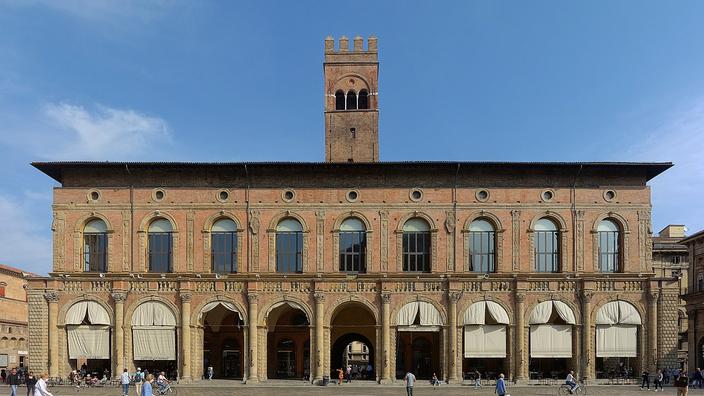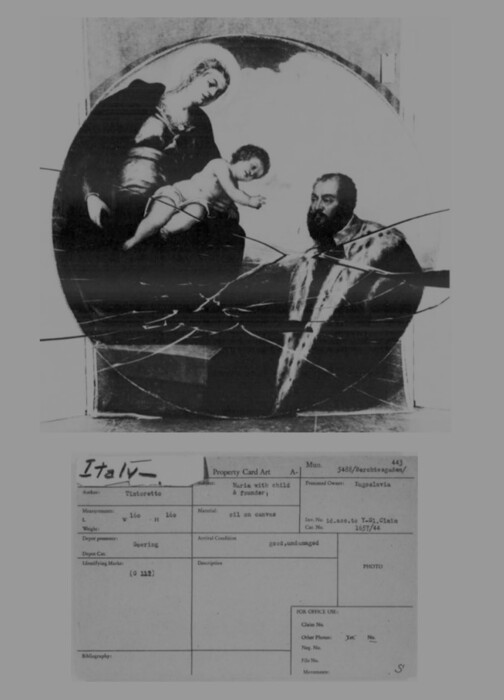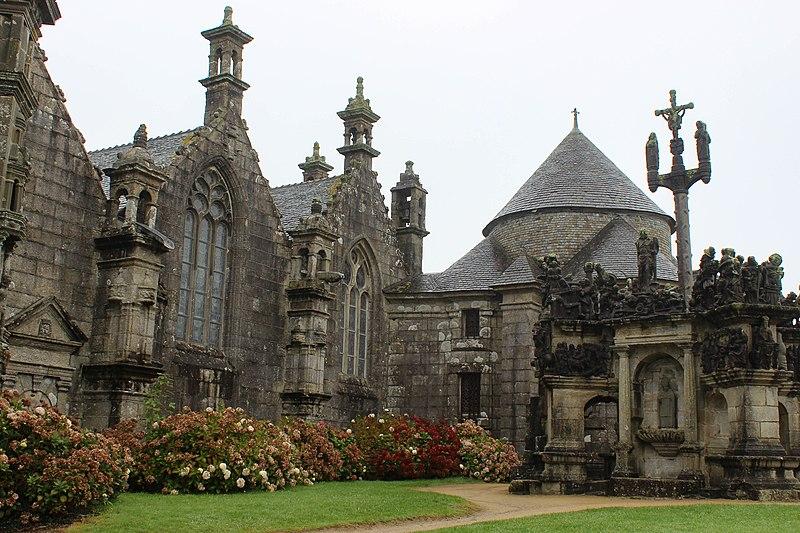The porticoes of Bologna, a network of arcades lining the streets of the historic center of the Italian city, were listed on Wednesday as a UNESCO World Heritage Site.
Built from the 12th century in the capital of Emilia-Romagna, the porticoes extend over 62 kilometers in the medieval city, including 42 in its heart.
In wood (they have almost disappeared), in stone or in brick, they cover streets, squares, passages and sidewalks.
They provide shelter against bad weather or the sun and accommodate merchant stalls or artisan workshops.
They have also made it possible over the centuries to increase the supply of housing in the city by building above the arcades, an asset for Bologna which has seen an influx of millions of students since the founding in 1088 of its university, a of the oldest in the world.
Read also: Burle Marx's house in Rio classified as World Heritage by Unesco
The classification of Bolognese porticoes as World Heritage is "
an immense satisfaction and a great recognition which makes us happy
", welcomed its mayor, Virginio Merola.
However, only twelve sets of porticoes and their direct built environment are classified as World Heritage.
"
In the 20th century, the use of concrete made it possible to replace the traditional arched arcades of porticoes with new construction possibilities and a new architectural language emerged, as the Barca district attests
", recalls Unesco.
The 3.8 kilometer covered portico leading to San Luca Sanctuary has 664 arches and is considered the longest of its kind in the world.
Slate mines have shaped the landscape of Gwynedd
At the same time, Unesco added to the World Heritage, the slate landscapes of north-west Wales, world leader in the 19th century in the production of this material. The site thus becomes the 32nd classified in the United Kingdom and the fourth in the British province. Slate mines have shaped the landscape around the town of Gwynedd. The use of slate, mined for over 1,800 years in the region, exploded during the industrial revolution and the expansion of cities around the world.
In the 1980s, the Welsh slate industry employed around 17,000 people, with production reaching almost 500,000 tonnes per year.
In 1830, “
half of the buildings in New York had slate roofs from Wales,
” the British government said in a statement.
Read also: A 2,400-year-old Peruvian solar observatory classified as a UNESCO World Heritage Site
The announcement "
recognizes the important contribution of this region of North Wales to the cultural and industrial heritage, not only of Wales but also of the whole world
", underlined the Welsh Prime Minister, Mark Drakeford. "
The exploitation of the quarries and slate mines has left a unique legacy in Gwynedd, of which the people are rightly proud
," he added, deeming that "
the global recognition granted today by the Unesco will help preserve this heritage and the history of these populations for generations
”.
This announcement comes a week after the English city of Liverpool, listed in 2004, lost its place as a UNESCO World Heritage Site, due to the overdevelopment of this emblematic port of the industrial era.









